To celebrate the memory of its former director, Anne d’Harnoncourt, the Philadelphia Museum has arranged a special tour through its galleries, A Director’s Vision (on view through July 19), which highlights special acquisitions made throughout d’Harnoncourt’s tenure at the museum—as curator from 1982, and as director from 1982 until her sudden death in 2008. Her colleagues at the museum have arranged for special labels to mark more than 300 works currently on view, with additional examples selected on its website. A special audio tour of “Director’s Delights” is also available.
D’Harnoncourt’s stature as a leader in the museum community will ensure a lasting legacy both in Philadelphia and throughout the art world. The Magazine ANTIQUES is very honored to present a handful of works from this tour, accompanied by remarks from her colleagues:
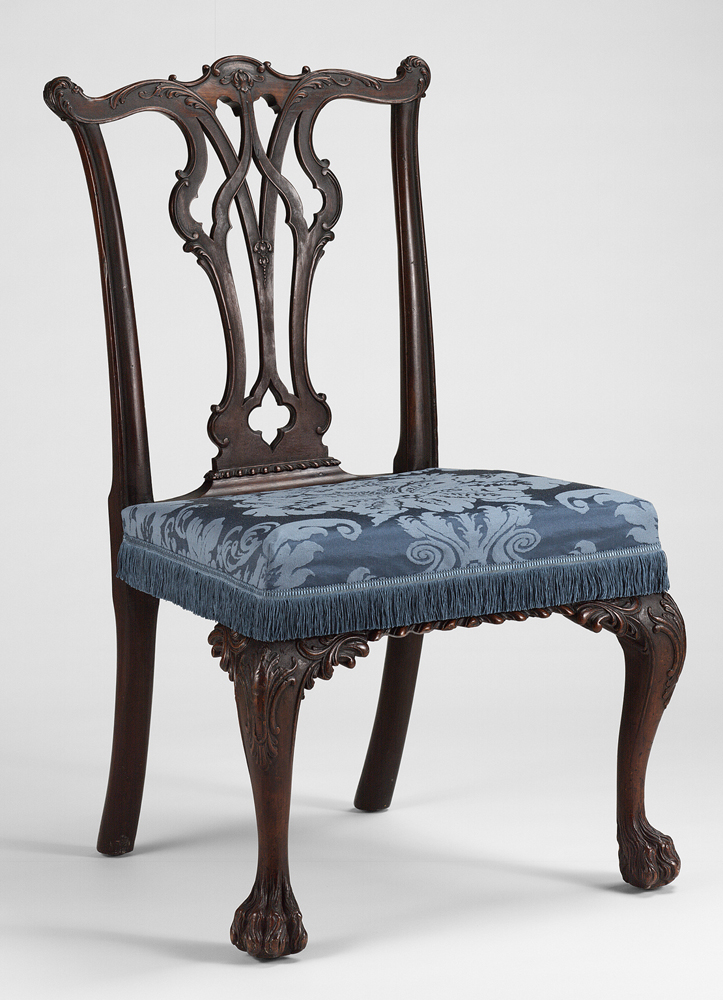
“The 1983 acquisition of 18th- and early 19th-century paintings, furniture, silver, and porcelain from the Cadwalader family, prominent patrons of Philadelphia art, marked an early achievement in Anne’s directorial career, vividly transforming the significance of the American art collection. The museum continued to build its Cadwalader collection through outstanding gifts from leading collectors, and this side chair was the final Cadwalader purchase. Anne approached the sale at auction with unbridled excitement, understanding that the museum would not again have the chance to acquire the chair and that, without it, the collection was missing an essential element of the Cadwalader’s celebrated patronage. In the museum’s Portrait of John and Elizabeth Lloyd Cadwalader and their daughter Anne, by Charles Willson Peale, (1772), Elizabeth Cadwalader is seated in this chair.”
Alexandra Kirtley, Associate Curator of American Art
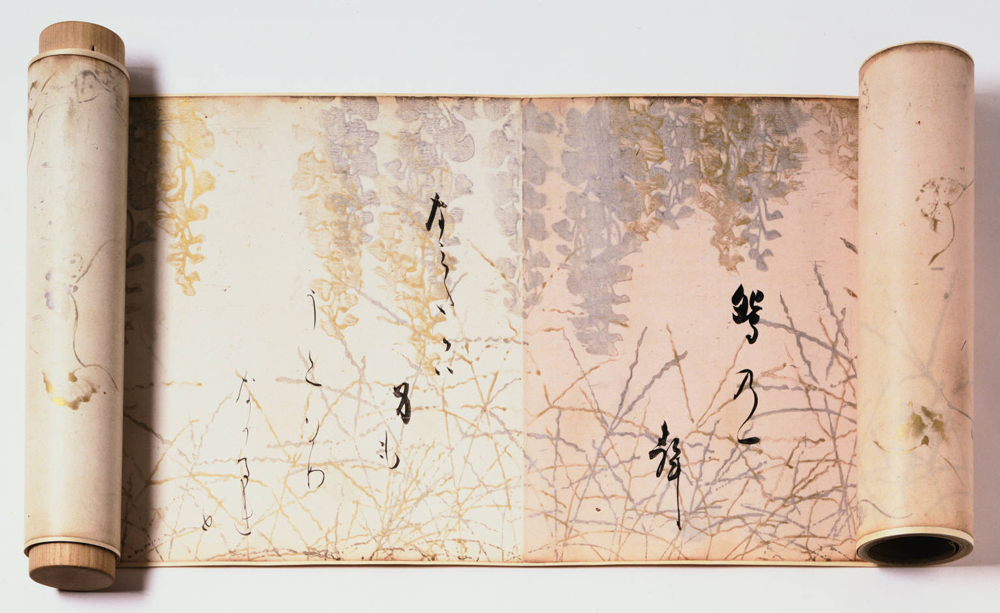
“This spectacular 27-foot-long handscroll, decorated with gold and silver woodblock designs of ivy, grasses and wisteria, and brushed with classical Japanese poems, was one of Anne d’Harnoncourt’s favorites. Acquired in 1999 in advance of the exhibition focusing on Hon’ami Koetsu, it was created at the turn of the 17th century, and embodies the elegance, craftsmanship and literary bent at the heart of Japanese art.”
Felice Fischer, the Luther W. Brady Curator of Japanese Art and Curator of East Asian Art
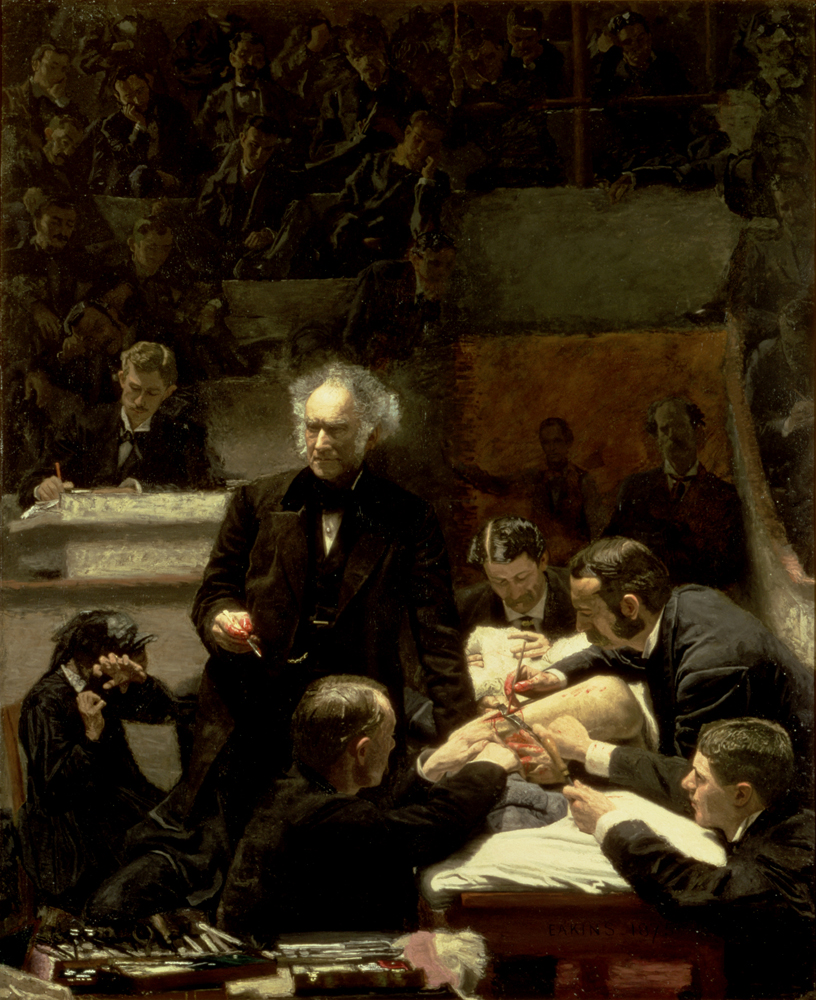
“News of the impending sale of Thomas Eakins’s The Gross Clinic (1875) sparked a massive campaign to raise funds to keep the painting in Philadelphia. Reaching out to local and national supporters, d’Harnoncourt led the effort that secured this masterpiece for the Philadelphia Museum of Art and the Pennsylvania Academy of the Fine Arts. Her passion for American art made in Philadelphia, from the Peale family to the present day, encouraged a steady stream of major exhibitions and acquisitions.”
Kathleen Foster, The Robert L. McNeil, Jr. Senior Curator of American Art
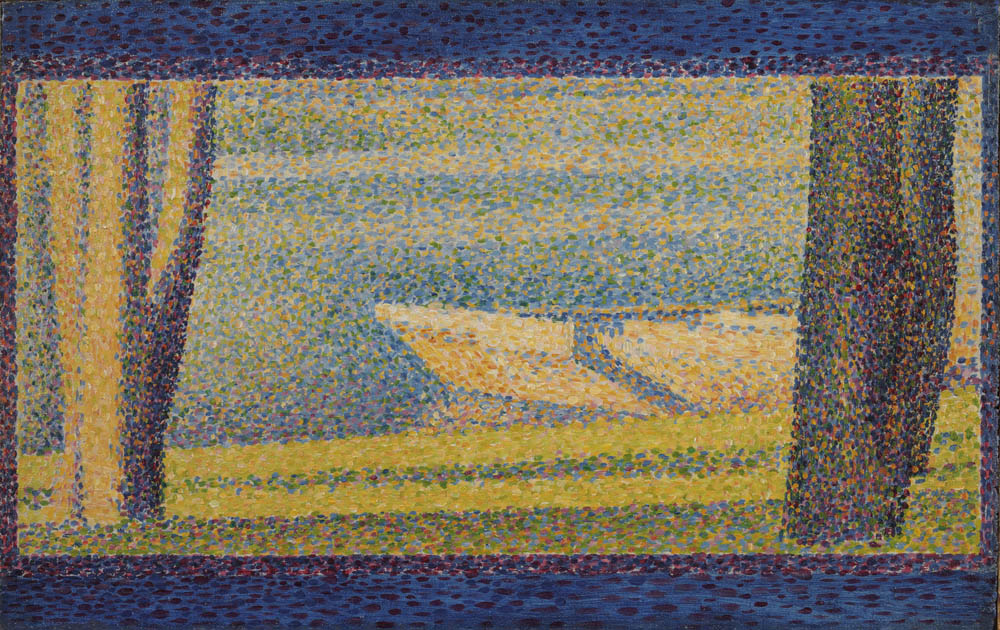
“Seurat’s Moored Boats and Trees was the first work to enter the collection by the great neo-Impressionist (French, 1859-1891). It was the gift of Jacqueline Matisse Monnier, artist and honorary trustee of the museum, and a longtime friend of Anne d’Harnoncourt. The painting was executed in 1890 on the channel coast near the French border of Belgium less than a year before Seurat’s untimely death at age 31. It was painted in oil in the consummate Pointillist style that Seurat originated, on the top of a cigar box. While it measures 6 5/16 x 9 13/16 inches, it is remarkable for its seeming stillness and gemlike illumination and evokes a large space. Henri Matisse, who was the donor’s grandfather, owned the painting for many years, and Matisse’s signature appears on the back of the support, presumably to document his ownership.”
Norman Keyes, Interim Director of Marketing and Media Relations
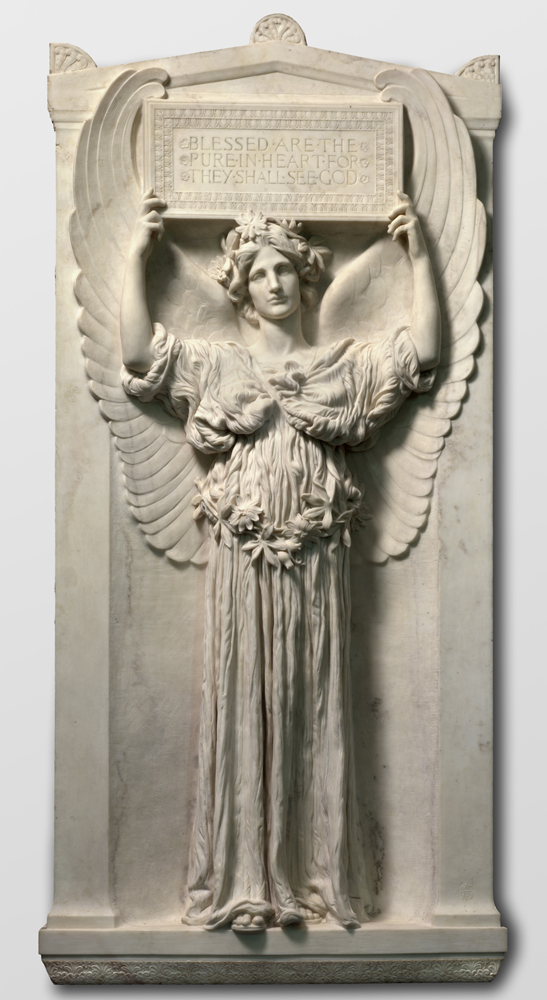
“The Angel of Purity was commissioned for St. Stephens Episcopal Church by Dr. S. Weir Mitchell and his wife Mary Cadwalader Mitchell after their daughter Maria Gouverneur Mitchell died in 1898 from diphtheria at age 22. The sculpture faced the Cadwalader family pew until it was removed early in 2004 to be sold by the Church. Saint-Gaudens based the work on his earlier Amor Caritas composition, made for the French state collections now housed in the Musée d’Orsay. For the Mitchell memorial, he reworked the angel’s crown and garland of passionflowers, revised the drapery, and redesigned the sculpture’s niche. Saint-Gaudens produced the final version in luminous white marble rather than bronze, making Angel of Purity unique in the Amor Caritas series, and one of his most beautiful creations. To save this masterpiece for Philadelphia, the museum turned to the Annenberg Fund for Major Acquisitions, created by the Annenberg Foundation in response to a goal of the museum’s 125th anniversary campaign.”
Kathleen Foster, The Robert L. McNeil, Jr. Senior Curator of American Art
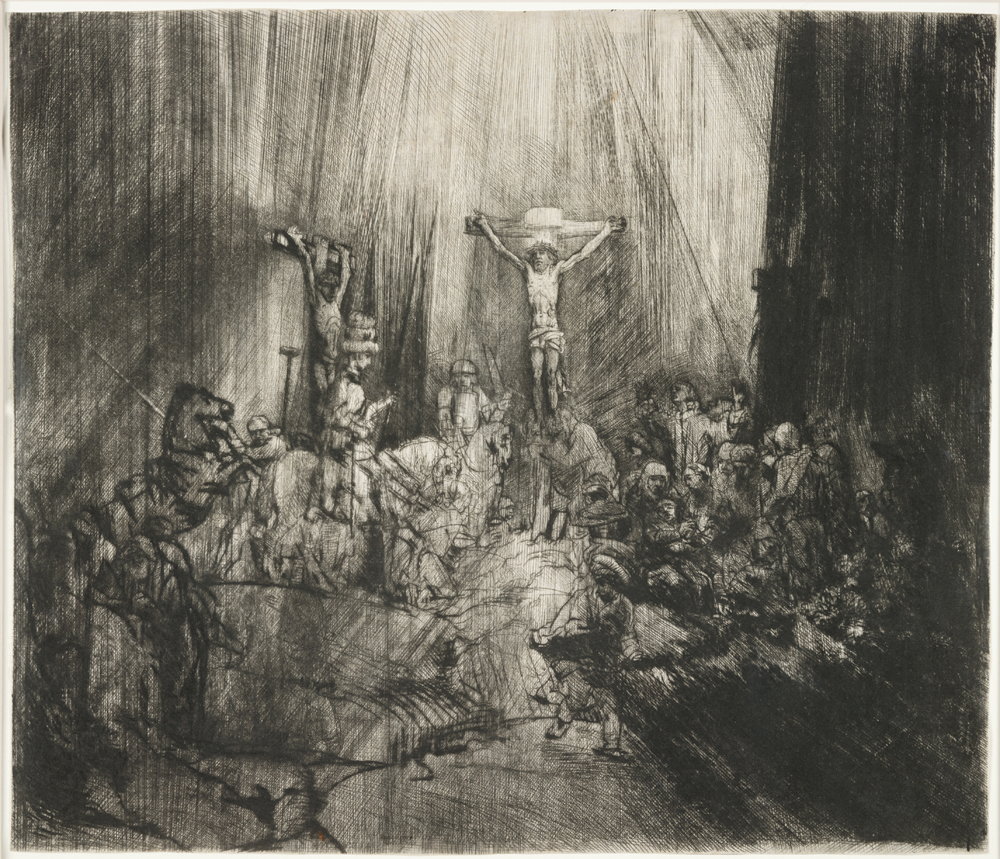
“Rembrandt’s drypoint engraving is justly prized as one of his most moving works in any medium and one of the greatest prints ever made. Basing his print on Biblical accounts, Rembrandt captured the swirling chaos amid dark and piercing light said to accompany Christ’s final moments. Ever the champion of great acquisitions, Anne d’Harnoncourt carefully monitored the formal deaccession process and public auction of 530 duplicate prints by Dutch seventeenth-century artists (including 123 etchings by Rembrandt), which furnished the funds that made this spectacular addition possible. Every print sold was a duplicate of a superior example of the same etching retained in the museum’s permanent collection. The lengthy credit line for the new Rembrandt acquisition acknowledges the original donors of the prints sold.”
John Ittmann, Curator of Prints
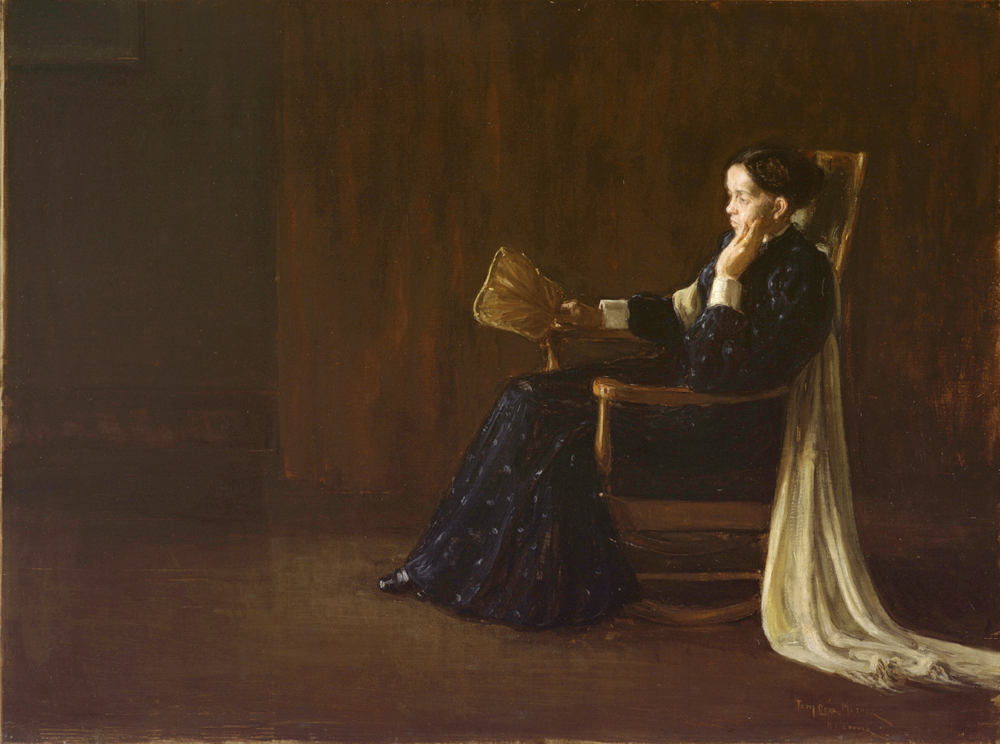
Portrait of the Artist’s Mother by Henry Ossawa Tanner, 1897.
“Henry Ossawa Tanner returned briefly from France in 1897, when he painted Portrait of the Artist’s Mother, casting Whistler’s famous maternal image into the tender and introspective realism that he had learned from his teacher, Thomas Eakins. Acquired by gift and purchase after the Museum’s retrospective of Tanner’s work, the portrait represents one example of d’Harnoncourt’s dedication to collecting and highlighting work by African American artists. During her tenure as curator and director, the Museum gained hundreds of new objects in this field, and sponsored many ground-breaking exhibitions and catalogues.”
Kathleen Foster, The Robert L. McNeil, Jr. Senior Curator of American Art
